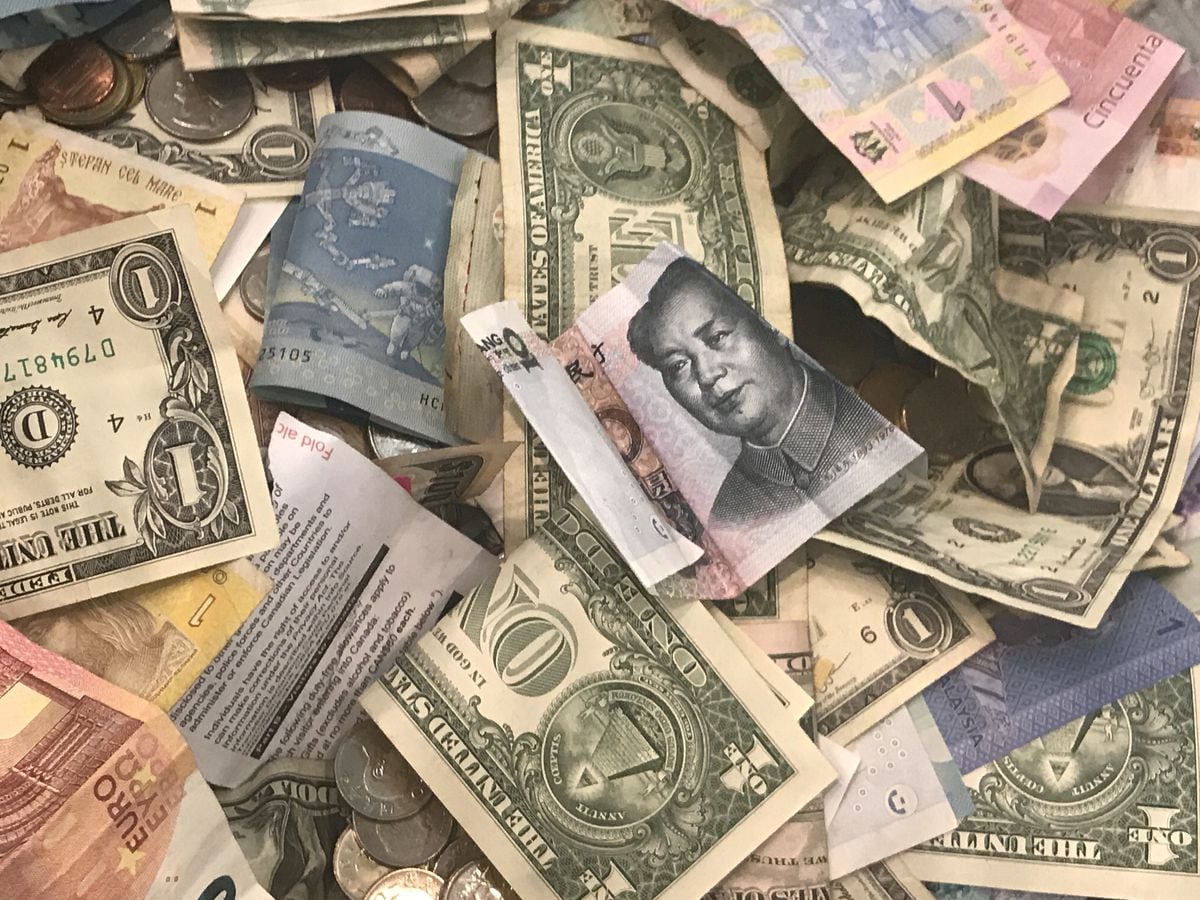Hardly anyone has guessed how vulnerable the Saudi Arabian oil industry is. That with asymmetric warfare, with drones apparently, just once the largest oil refinery in Saudi Arabia can be put out of action. That a couple of relatively cheap planes, allegedly controlled by Shiite Houthi rebels in Yemen, are blowing up global oil prices within hours, upsetting the global economy.
Saudi Arabia is experiencing a kind of national trauma in the days following the surprise attack on its Abkaik oil factory and Khurai oil field: the world's largest oil exporter and major US ally in the Gulf reveals surprising vulnerability - with consequences for the entire world.
Map data © OpenStreetMap contributors, ODbL
Never before has a single event deprived the global oil market of such volumes. Saudi Arabia has so far produced nearly ten million barrels of oil per day (one barrel equals 159 liters). Of this, more than half are missing since the attack at one stroke: 5.7 million barrels, about five percent of world oil production. Economists call such a supply shock.
The reaction of the markets has been astonishingly moderate in view of this dimension. A barrel of the Brent variety costs a good 66 dollars, just under ten percent more than on Friday, a barrel of the most important US variety WTI with just under 60 dollars or nine percent more.
A major reason for the still rather cautious reaction is likely to be the weakness of the global economy. Global economic growth is slowing, especially in China, so oil demand is not rising so much. The world market was rather over-supplied until Saturday - which is also reflected in the fact that prices in the spring had been at just over $ 75 a barrel and since then had fallen sharply.
The future of the market depends mainly on how long the Saudi Arabian supply bottleneck lasts.
Scenarios for the price of oil
Short-term price jumps, as observed at the beginning of the week, are rather negligible in economic terms. Growth in countries importing a lot of oil would only be sustainable if prices were significantly higher for months.
The US bank Goldman Sachs, which has invested a lot of money in the oil market, has published two scenarios:
- It forecasts prices of at worst more than $ 75 in the second half of the year, if delivery of the approximately 5.7 million barrels daily for more than six weeks would be completely eliminated.
- With a loss of about a week, the bank expects a longer-term price increase of only three to five dollars.
Most likely, according to current information, a development that lies somewhere between these two extreme scenarios. According to an assessment of Energy Aspects - an analyst firm, which is said to have good contacts with the state oil company Saudi Aramco - can be resumed at best within days, half of the failed oil production. However, it could take months for subsidies to return to normal levels.
China, Japan and India particularly affected
The supply gap tearing the attack on Saudi Aramco is not the same everywhere. While the US and the EU draw hardly Saudi Arabian oil, many Asian countries rely heavily on it: Alone four million barrels a day have gone so far to Japan, India, China, South Korea and Taiwan.
NASA Worldview / AFP
In terms of quantity, the failure can initially be compensated well. Most countries that import much oil have strategic reserves to bridge delivery bottlenecks. For example, Germany can cover its oil needs for up to three months from its own warehouses, India currently around 12 days.
"In addition to its national strategic reserves, Saudi Arabia also operates large tank farms near key markets such as India," says Steffen Bukold of the Hamburg-based energy service EnergyComment. The kingdom itself also has possibilities to counteract a supply shortage.
Already first delivery bottlenecks
However, there may be some bottlenecks, because there are hundreds of different types of oil (details here), and the refineries are usually geared to specific varieties. Crude oil is not the same as crude oil.
Saudi Arabia also supplies important petrochemical precursors for the production of plastics of all kinds, says Bukold. In such markets, prices have already risen significantly faster than crude oil prices.
AFP
Burning mine Abkaik in Saudi Arabia
German motorists, however, must not worry for the time being. Because the price of crude oil accounts for only about 37 percent of the gasoline price, at 1.38 euros per liter, this is about 51 cents. Crude oil therefore increases by ten percent and the price of gasoline rises to the same extent, then the driver at the gas station has to pay about five cents more: a manageable premium - as long as the production losses do not take too long.
If Saudi Arabia supplies less oil for a longer period of time, especially the Asian region would have a serious problem. Because other important producing countries, such as Russia or Iraq, can increase their oil production only to a very limited extent. Even the US fracking industry, which is seen as the big winner of the price shock, can not boost its output so much within weeks that it closes the gap in the world oil market.
To fill a longer-term oil gap, one would have to "redirect tankers from other regions and bring additional oil to Asia," says expert Bukold. "It would take months, however, to reorganize the supply routes."
In addition, a modicum of uncertainty is likely to remain in the long term, even if Saudi Arabian oil production returns to normal levels. Because the large conveyor systems of the country were previously regarded as invulnerable. The weekend attacks have shaken faith in the security structures of the kingdom.
The next attack, so the worry, can follow at any time. The Houthi rebels in Yemen are making every effort to use this to intimidate Saudi Arabia. The oil fields of the kingdom, they scattered in reports, continue to be in the sights of their armed forces.





/cloudfront-eu-central-1.images.arcpublishing.com/prisa/3CEOHZ3SOFGFJOICJXEEUDGO7Y.JPG)

/cloudfront-eu-central-1.images.arcpublishing.com/prisa/VBWGZ7VKWBCWFGCTCLPFTUNWTU.jpg)







